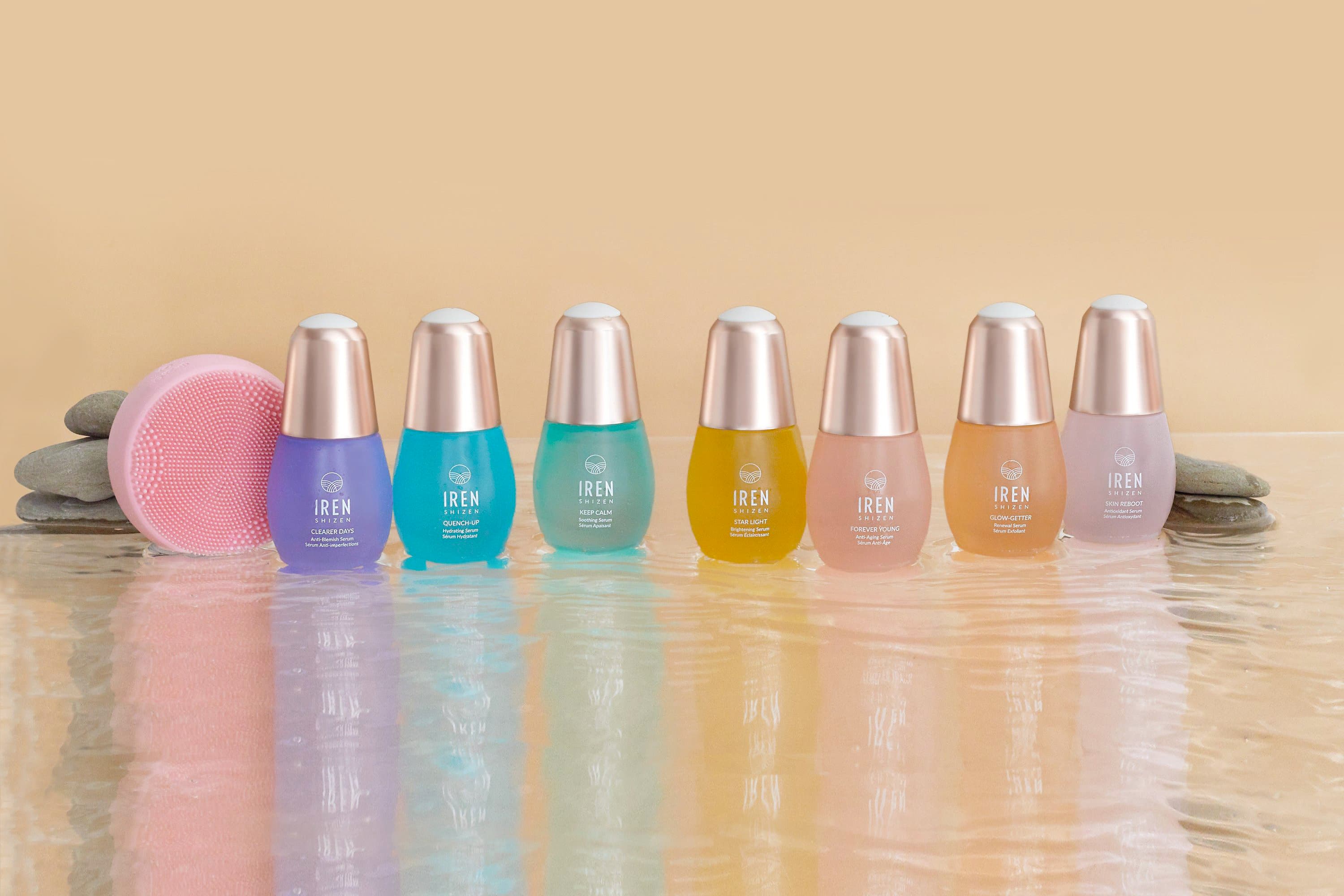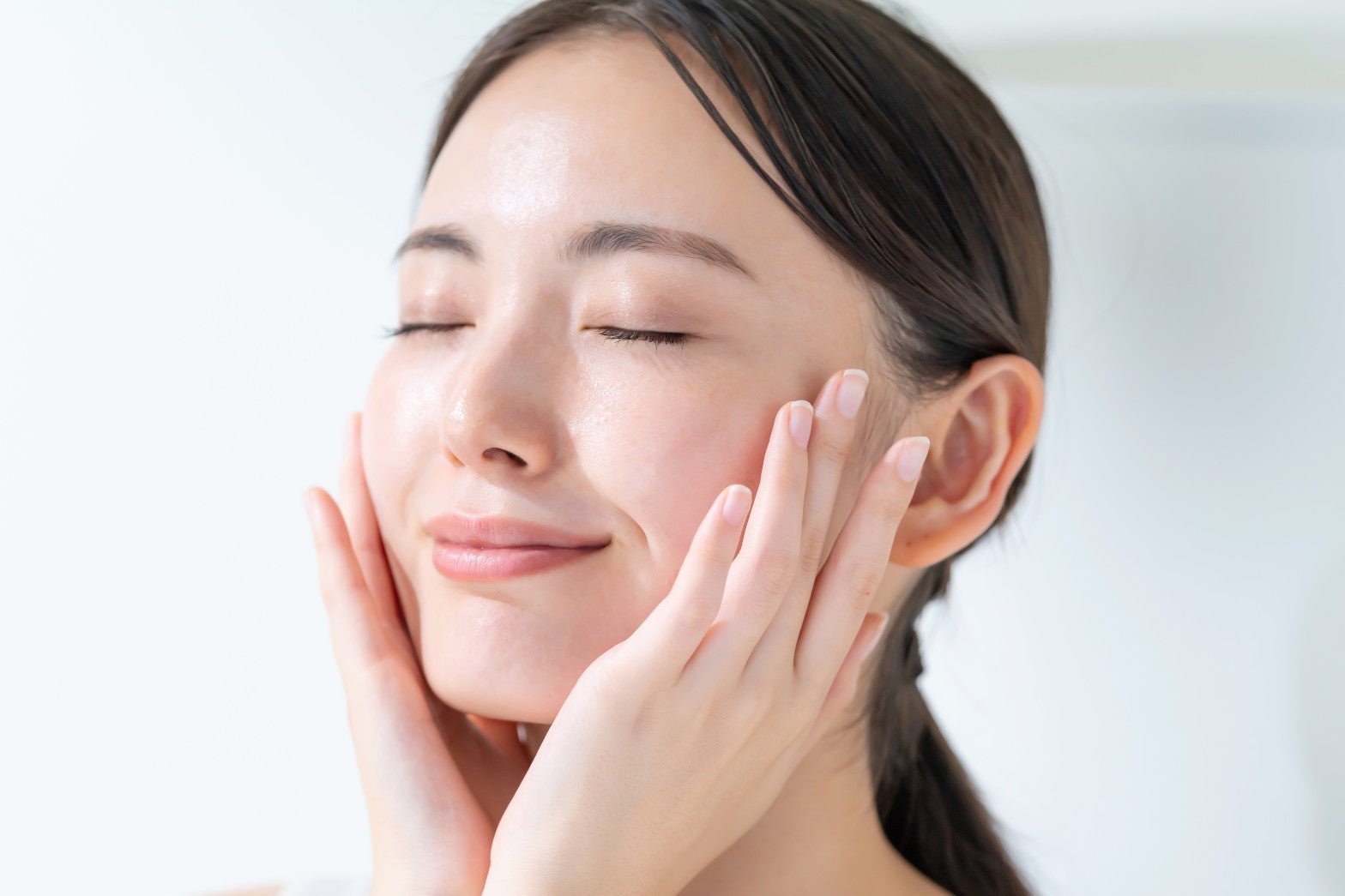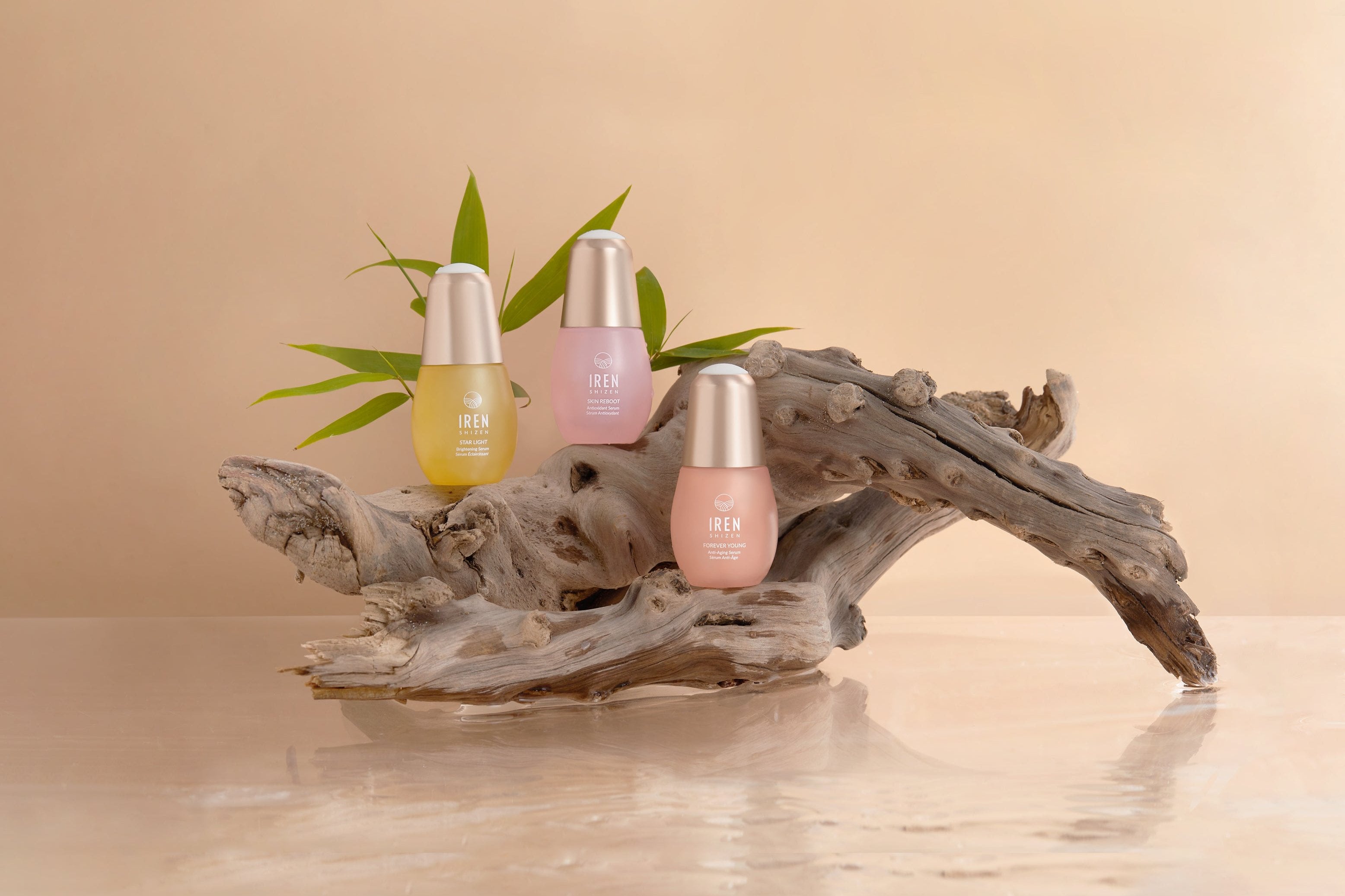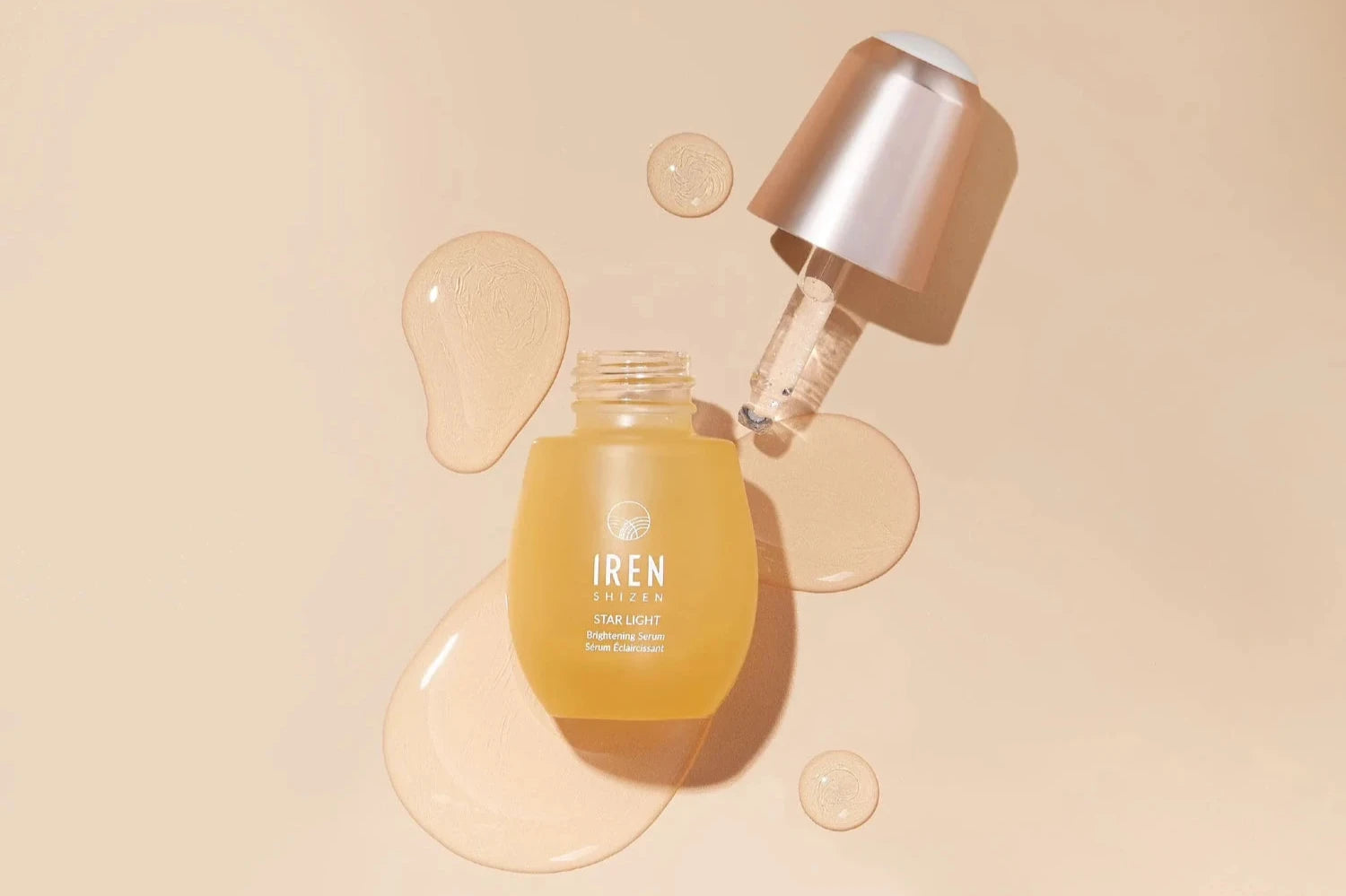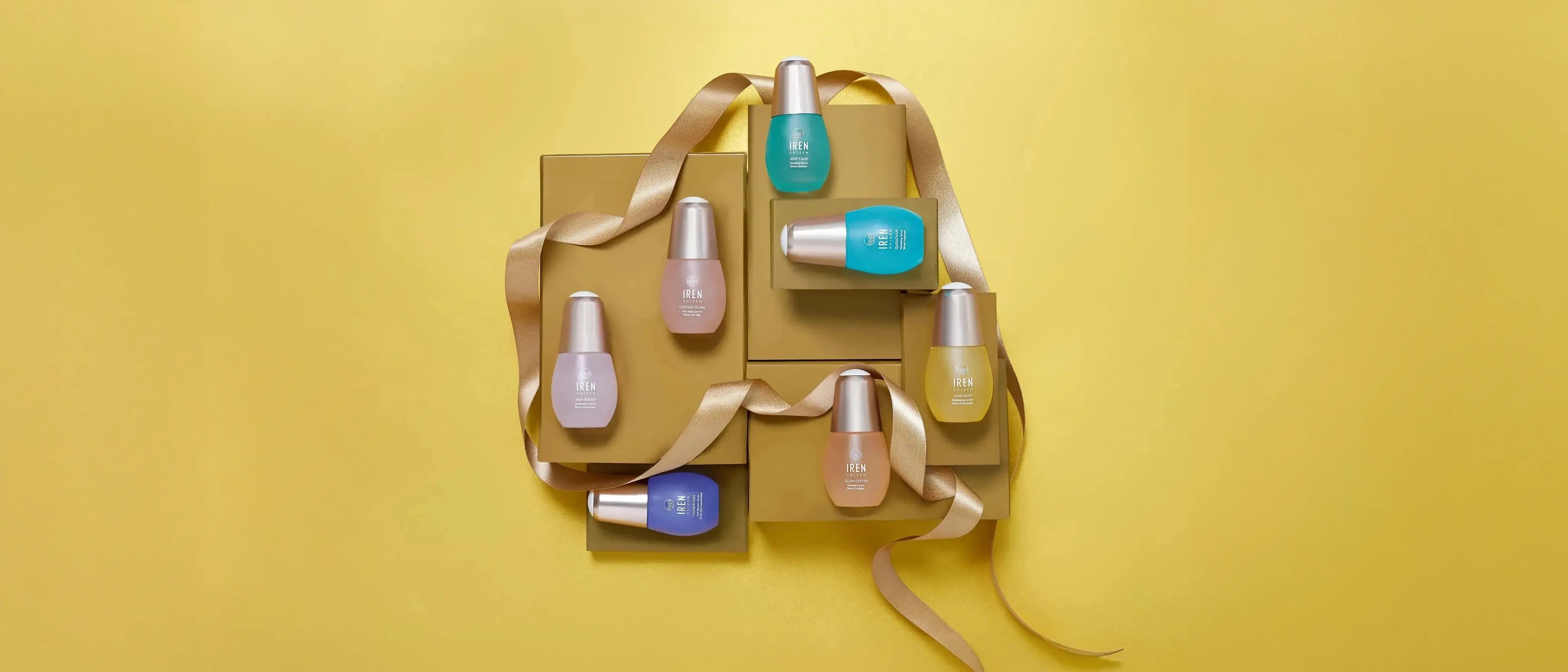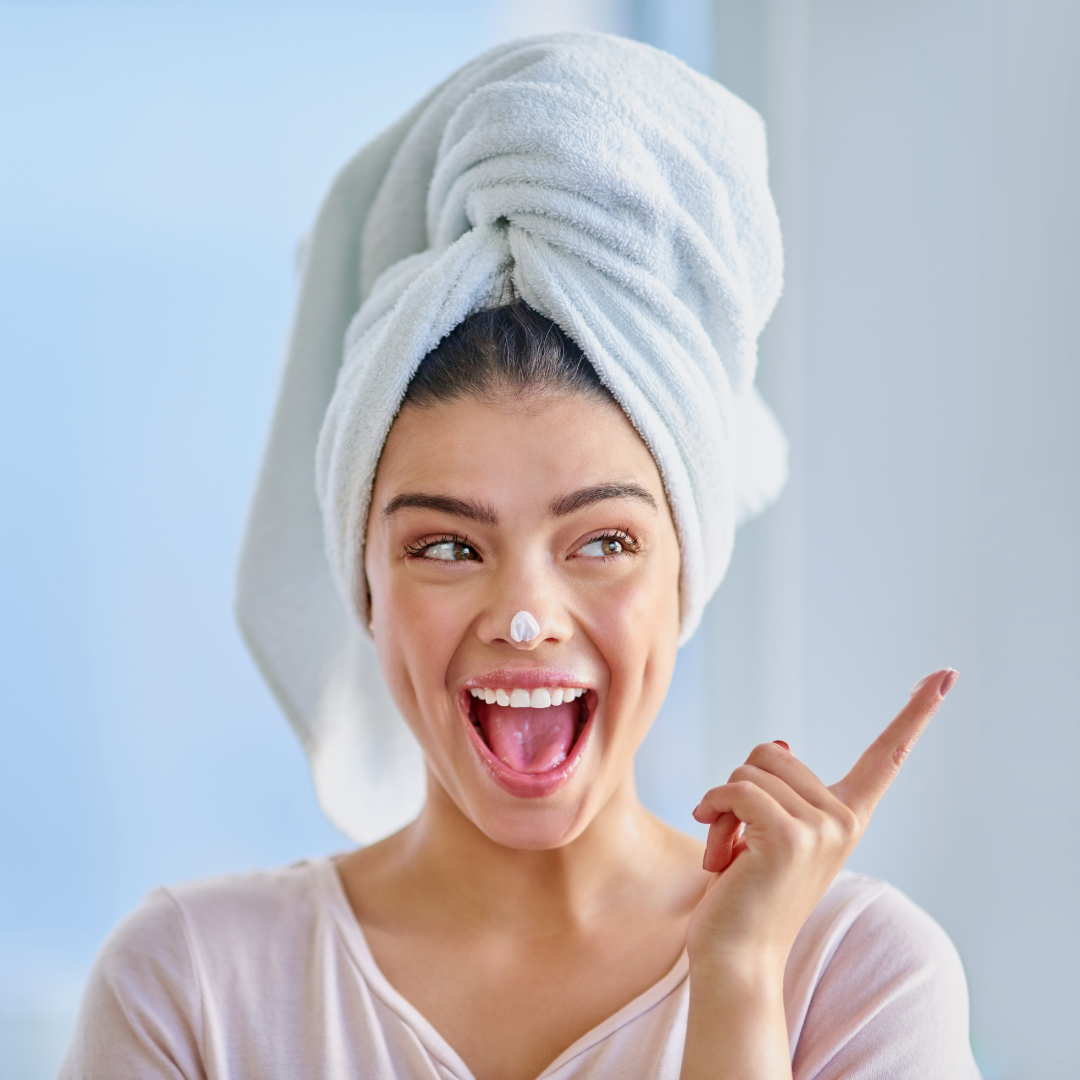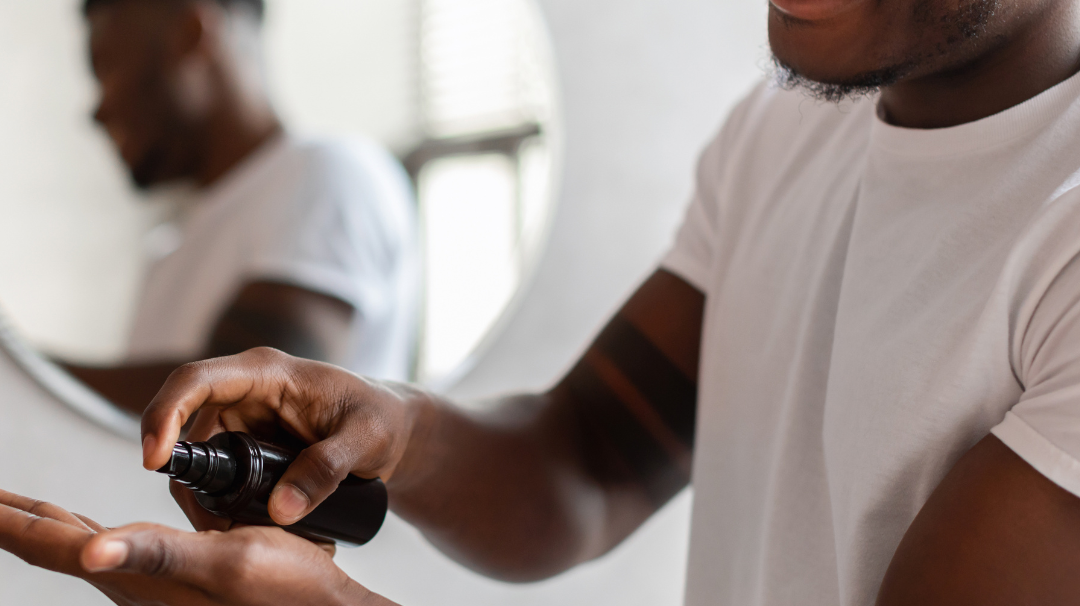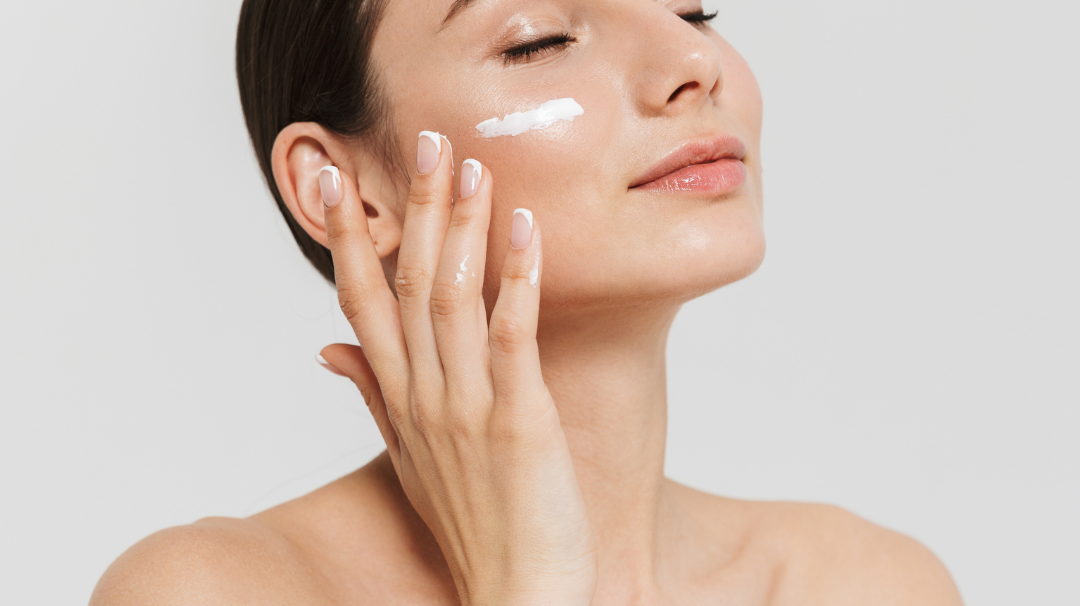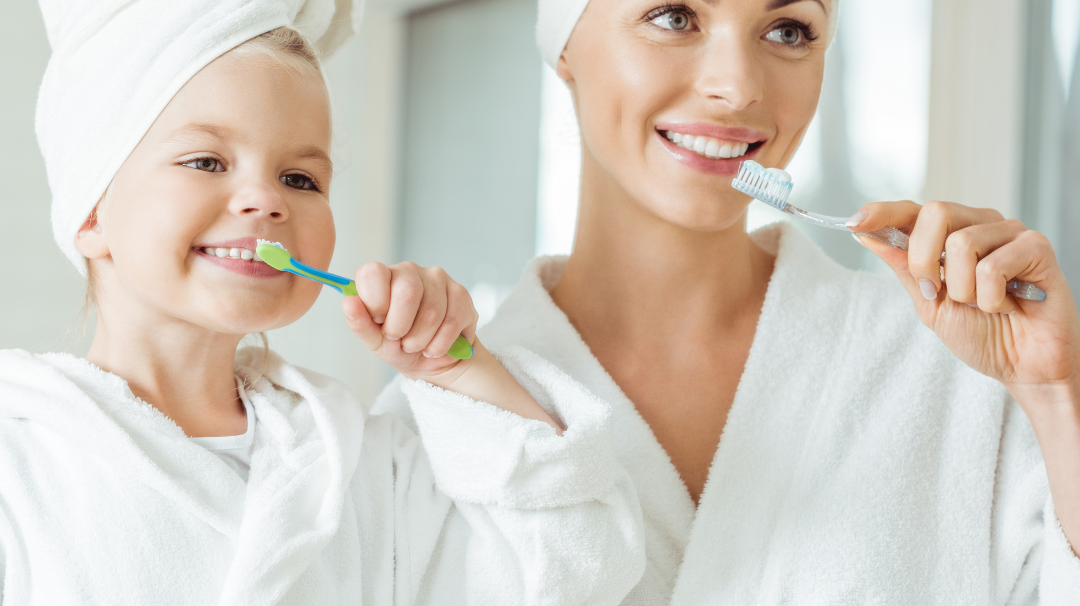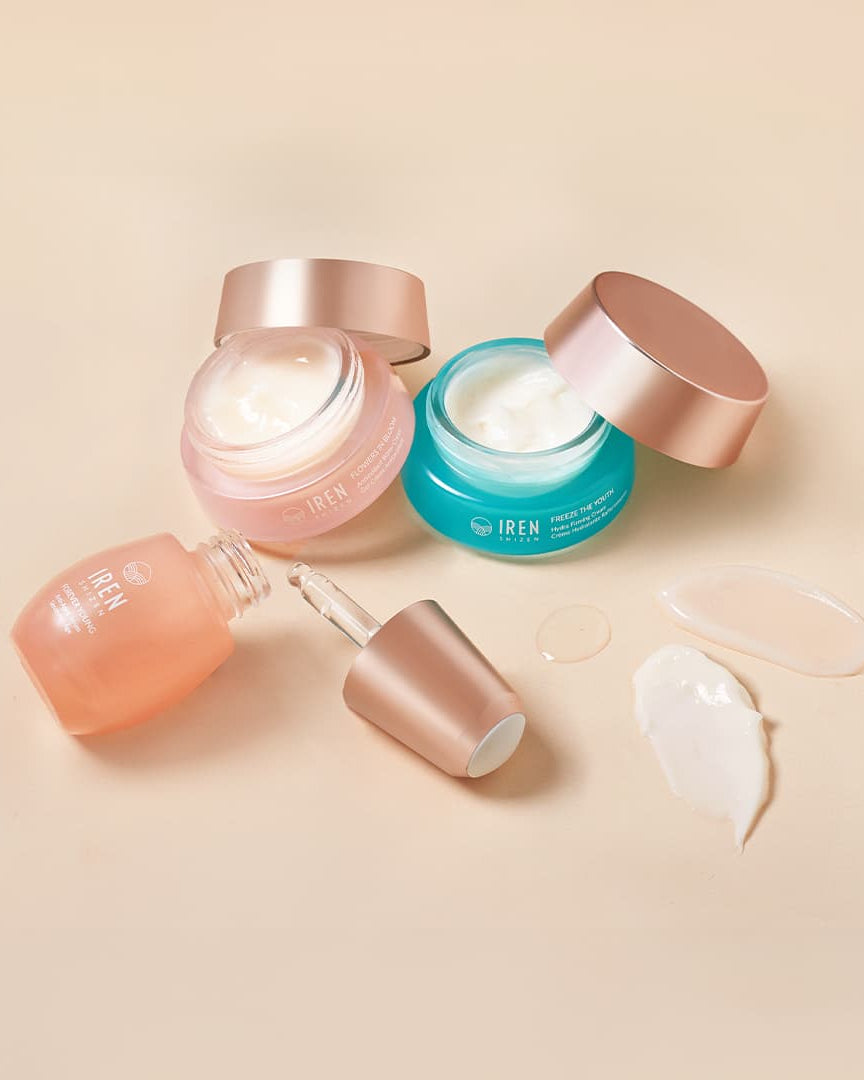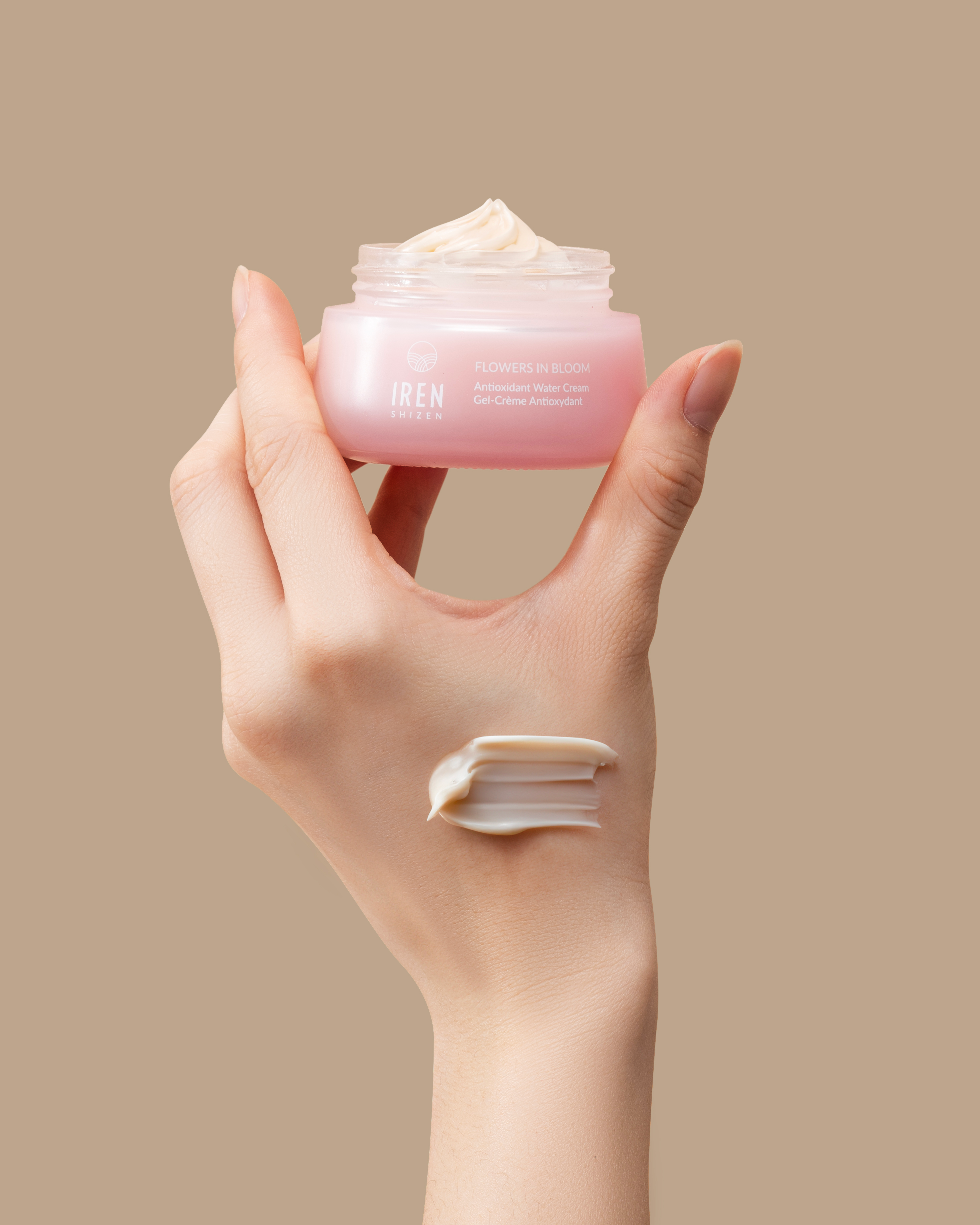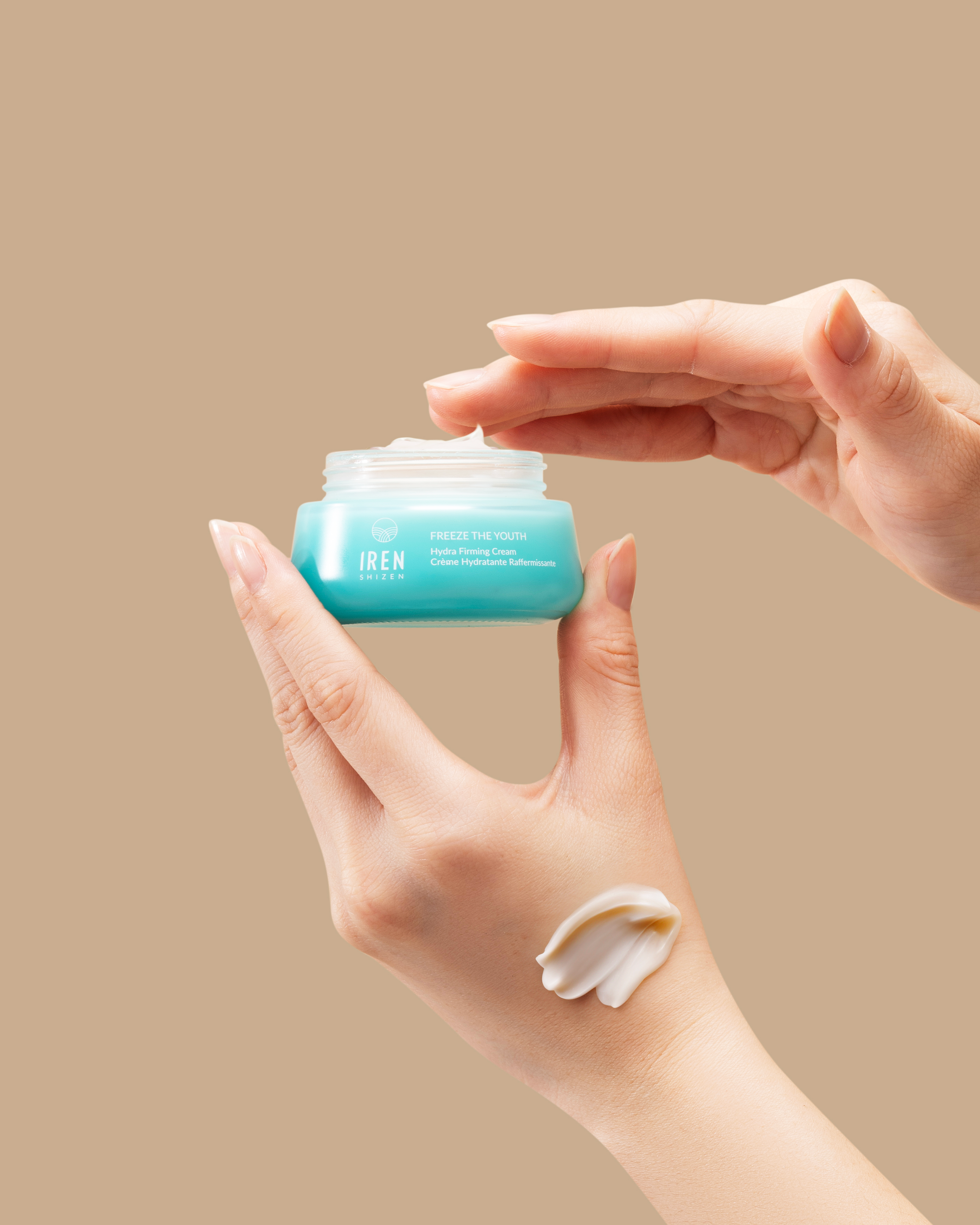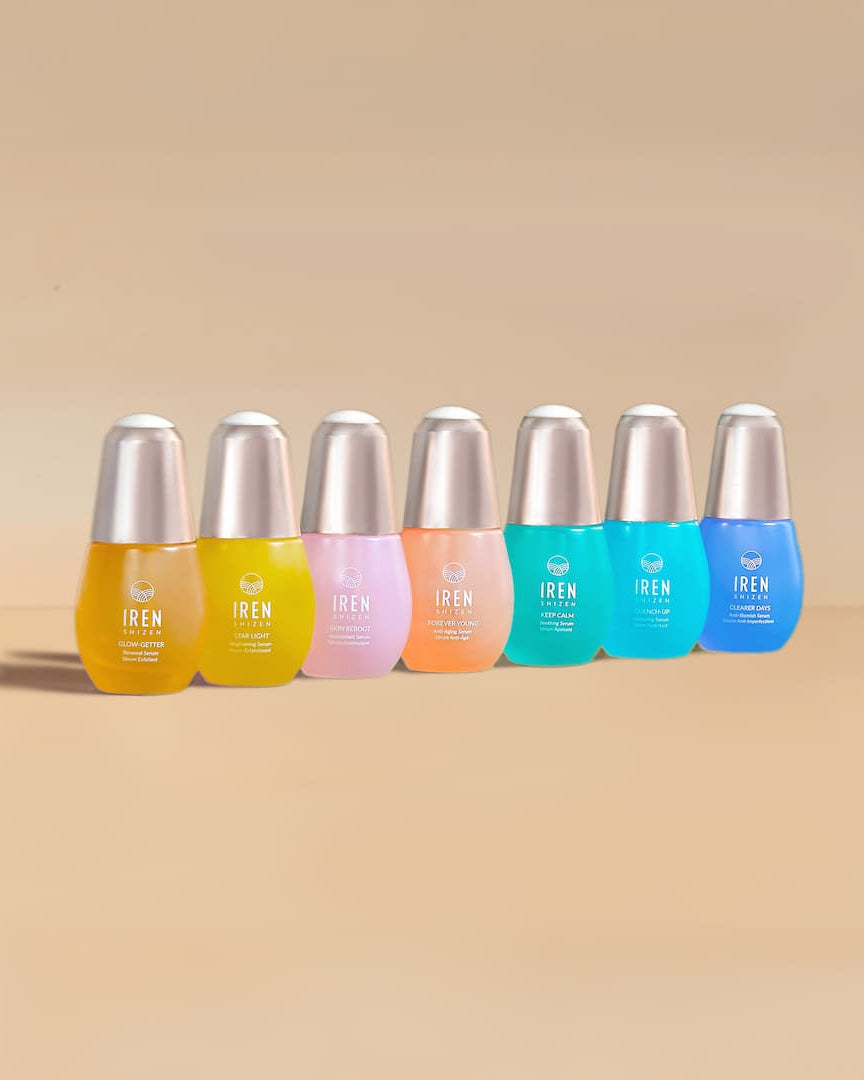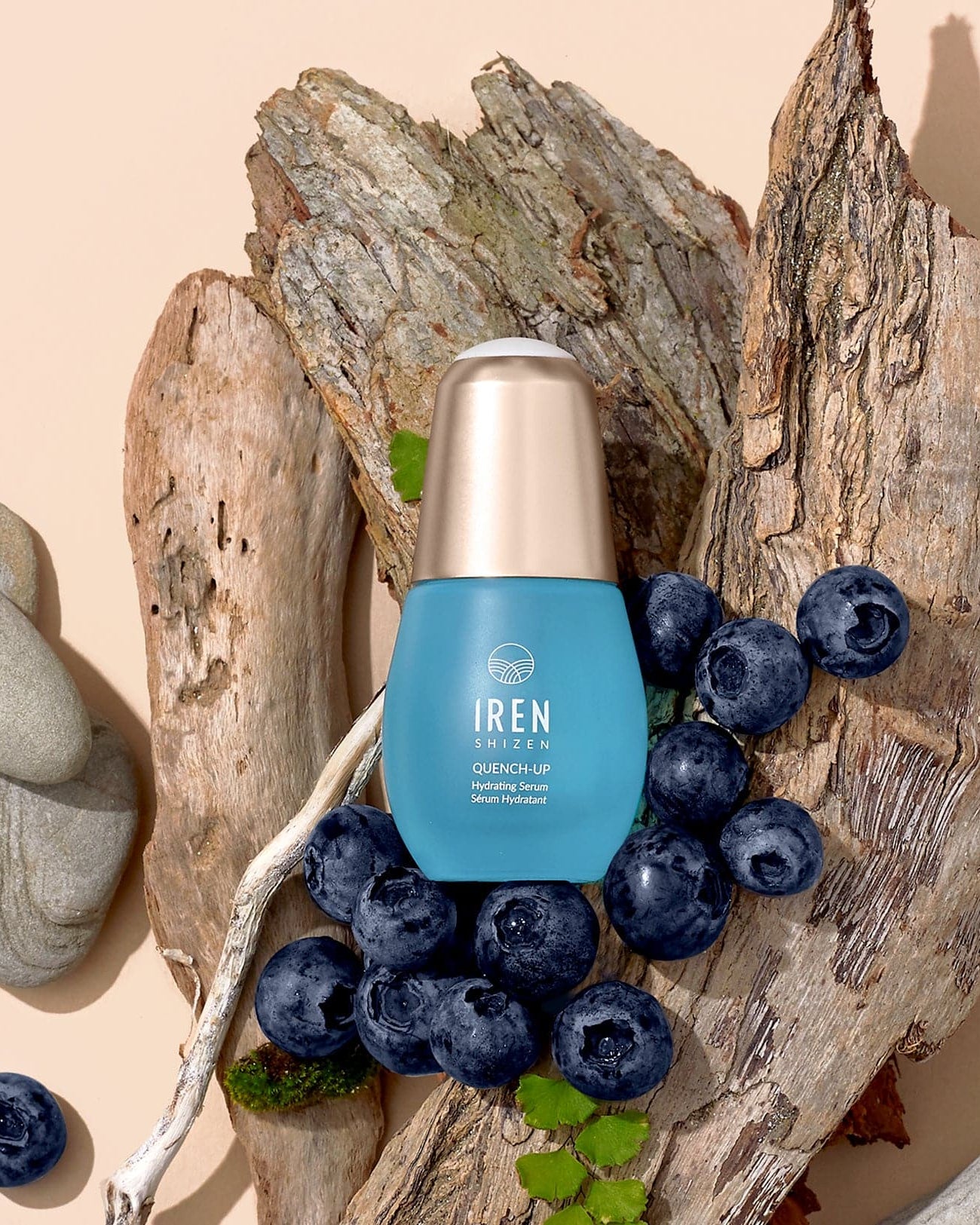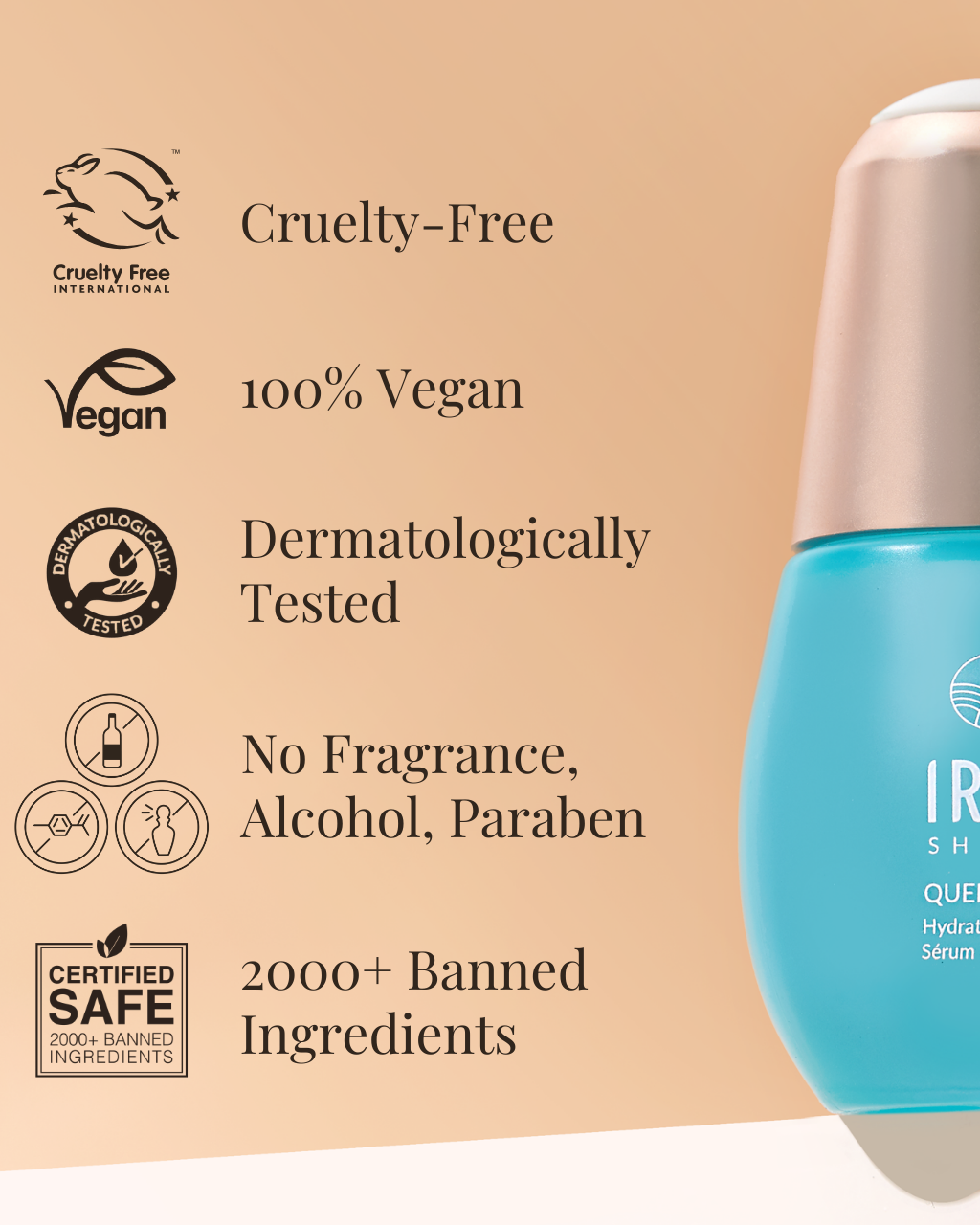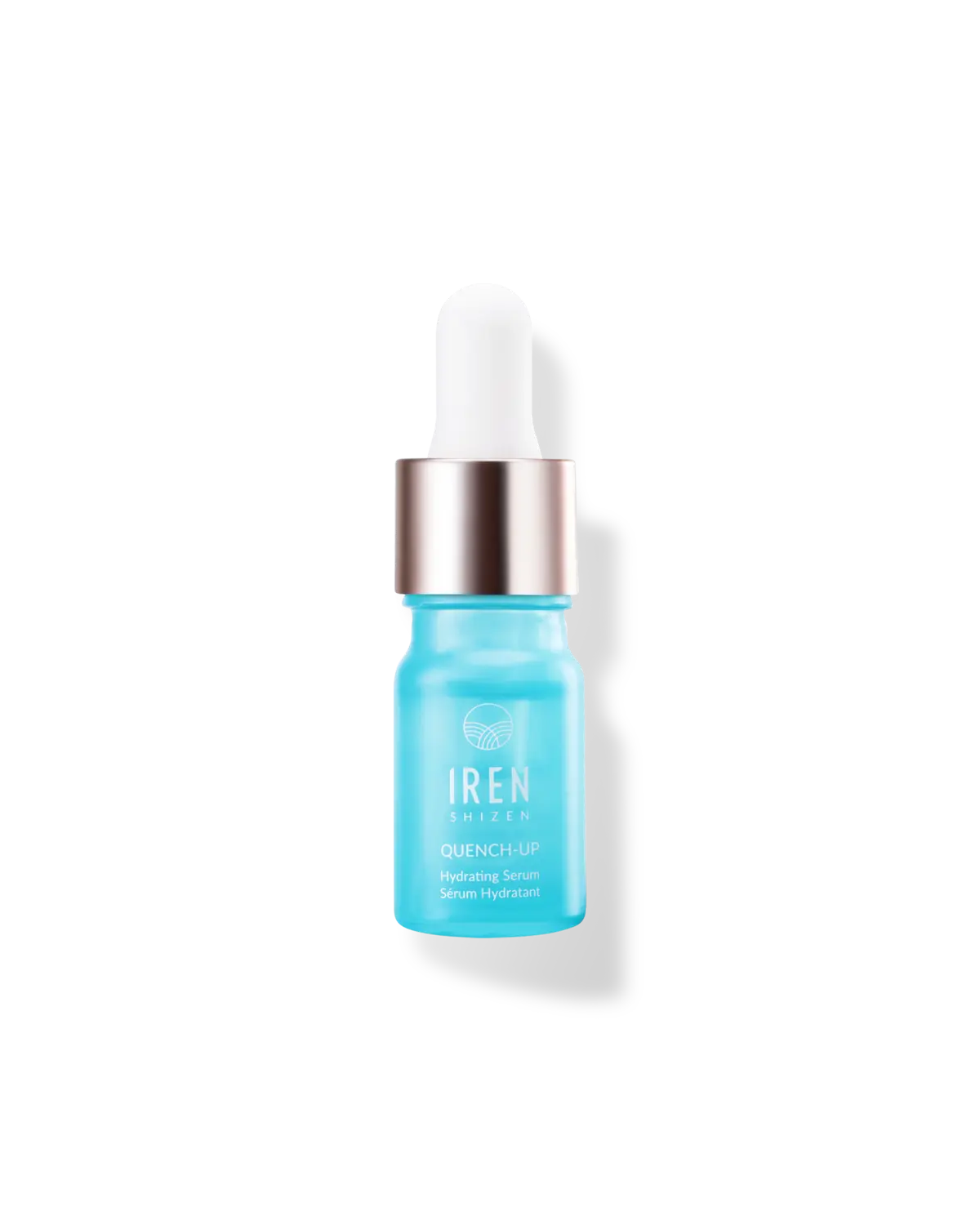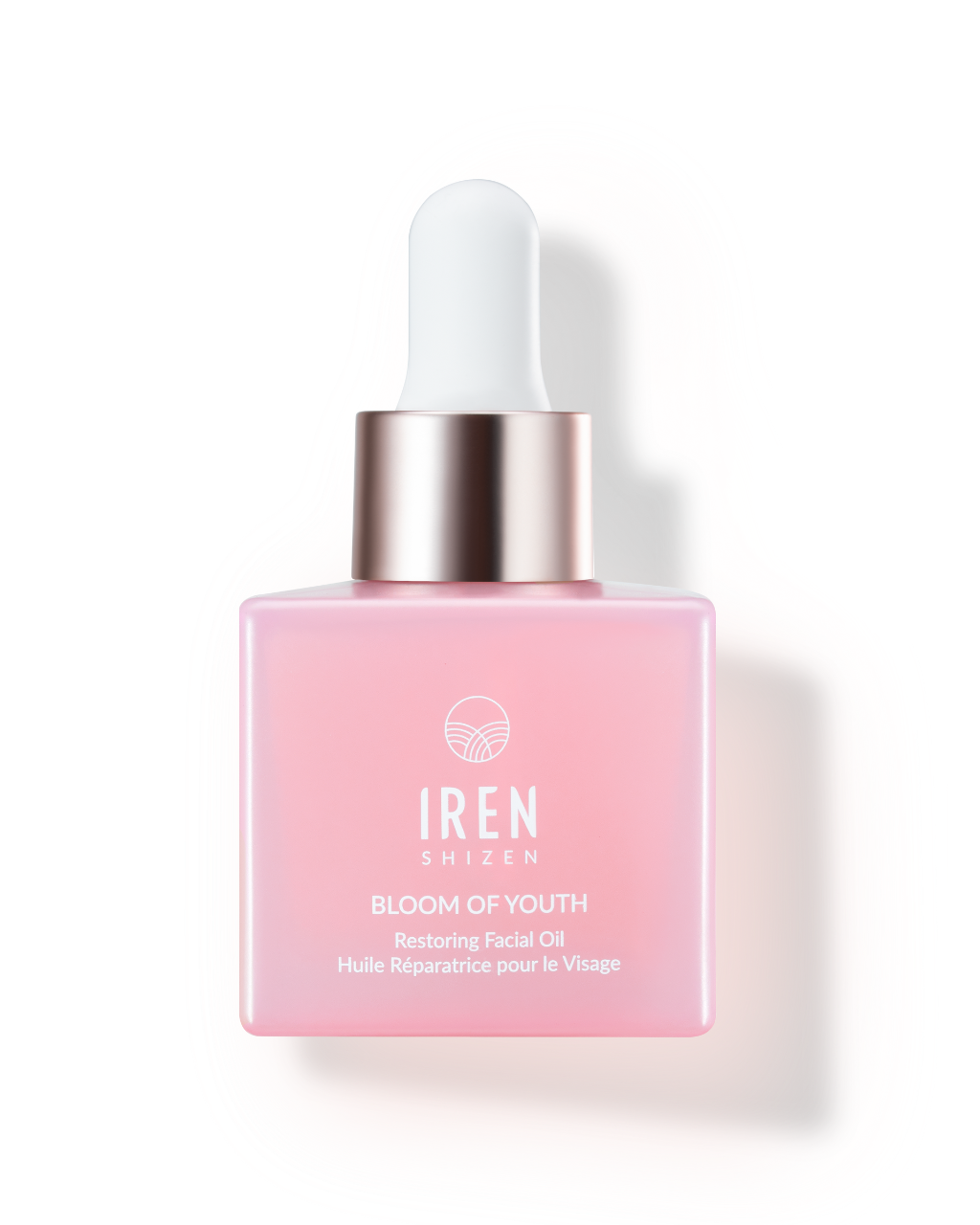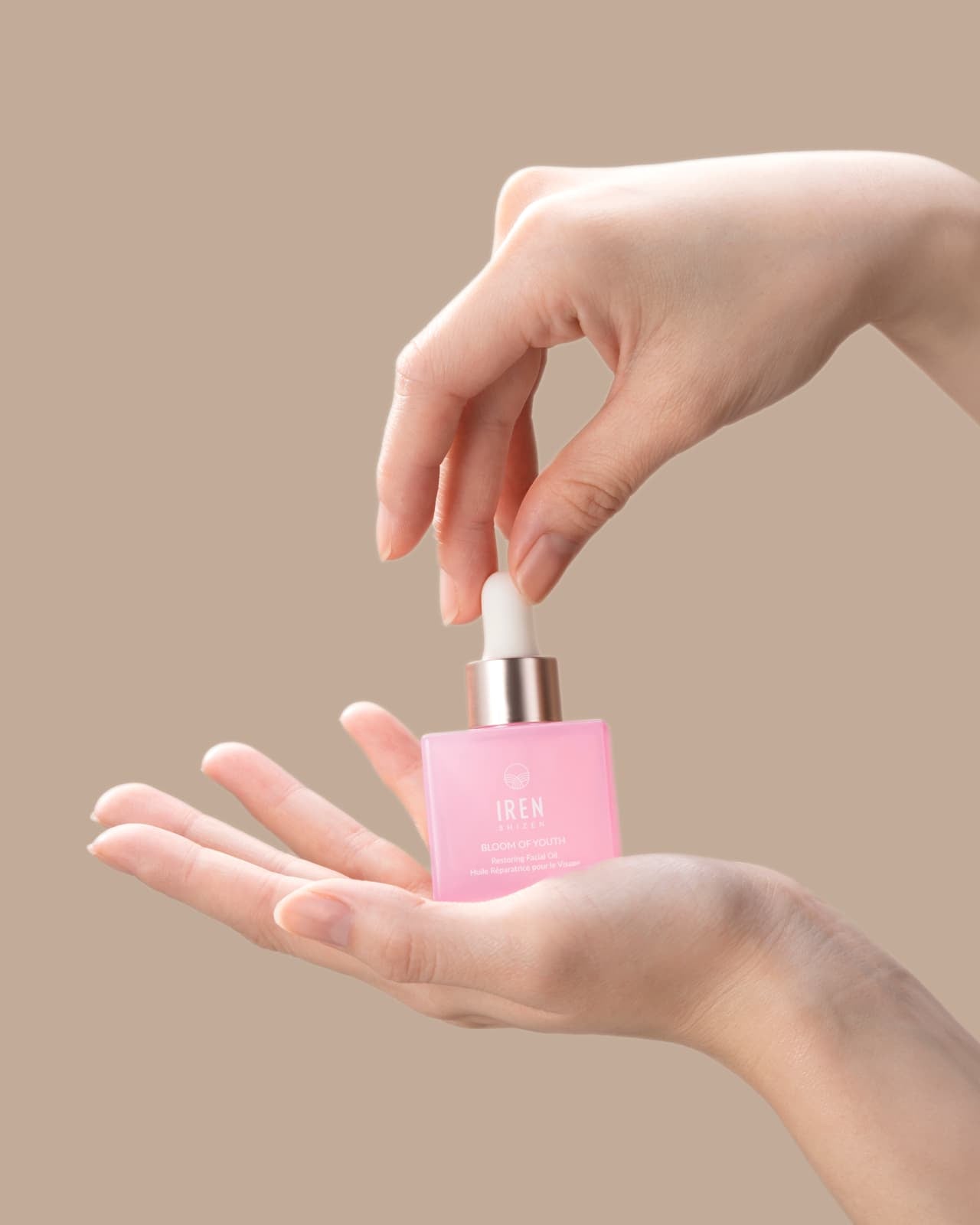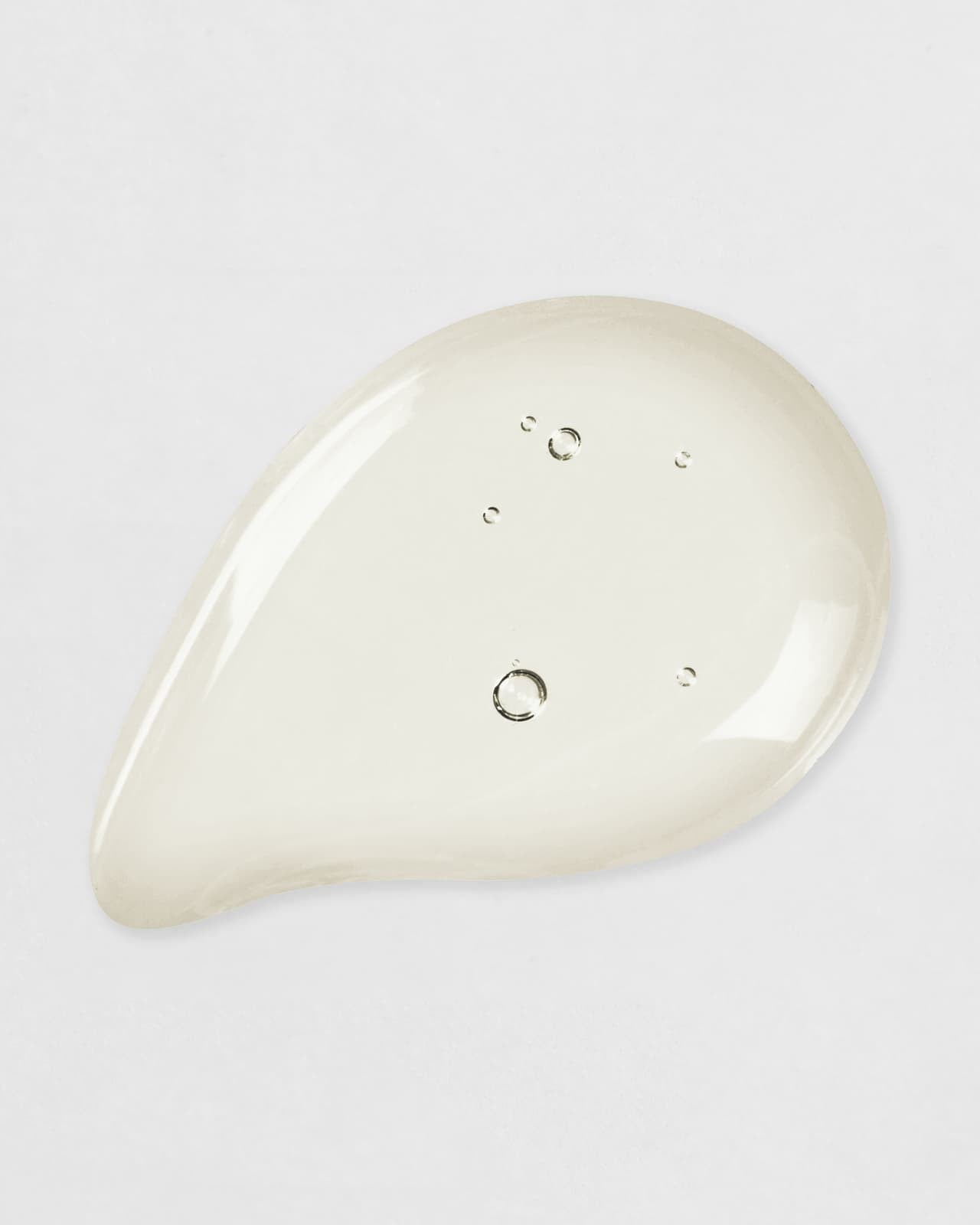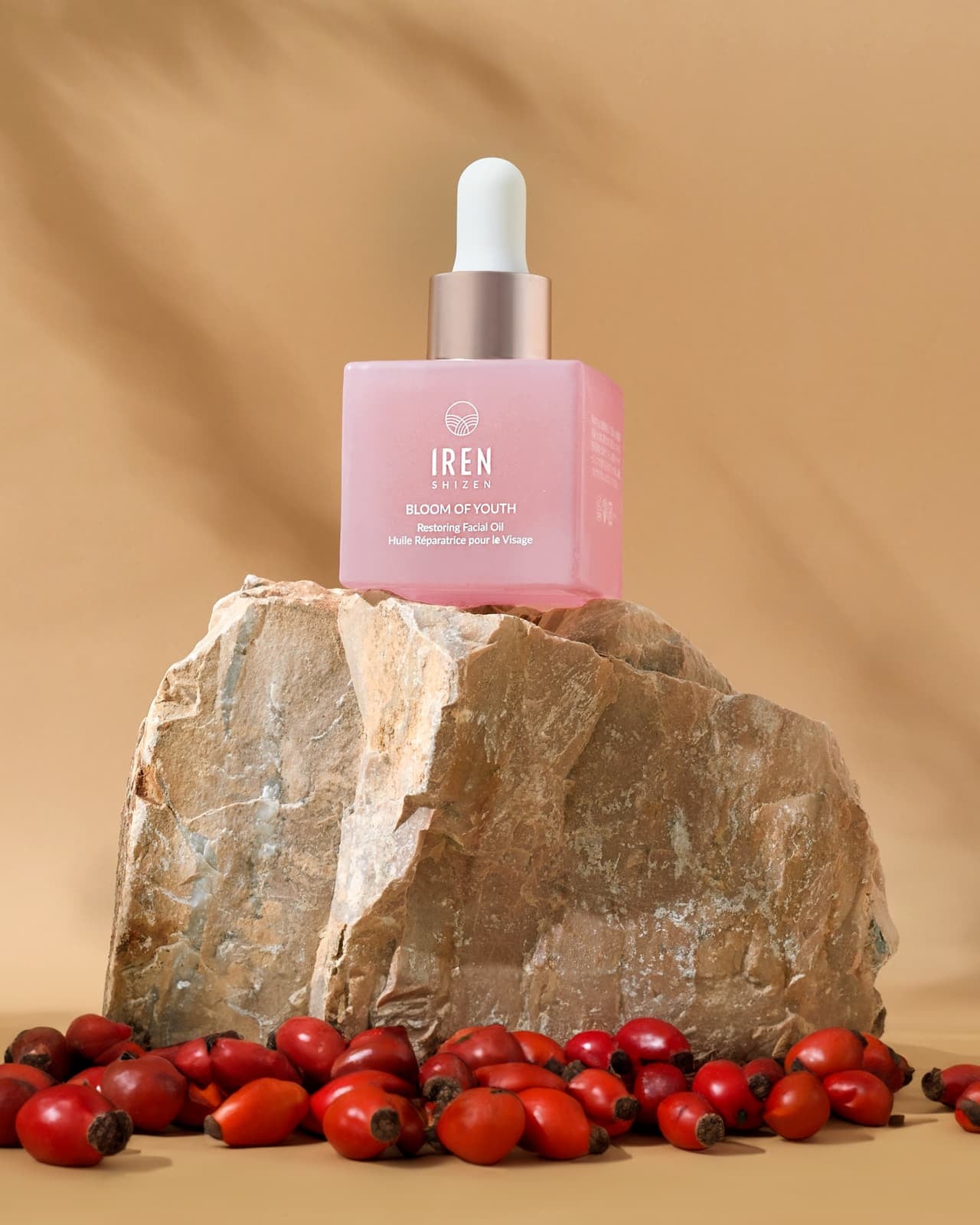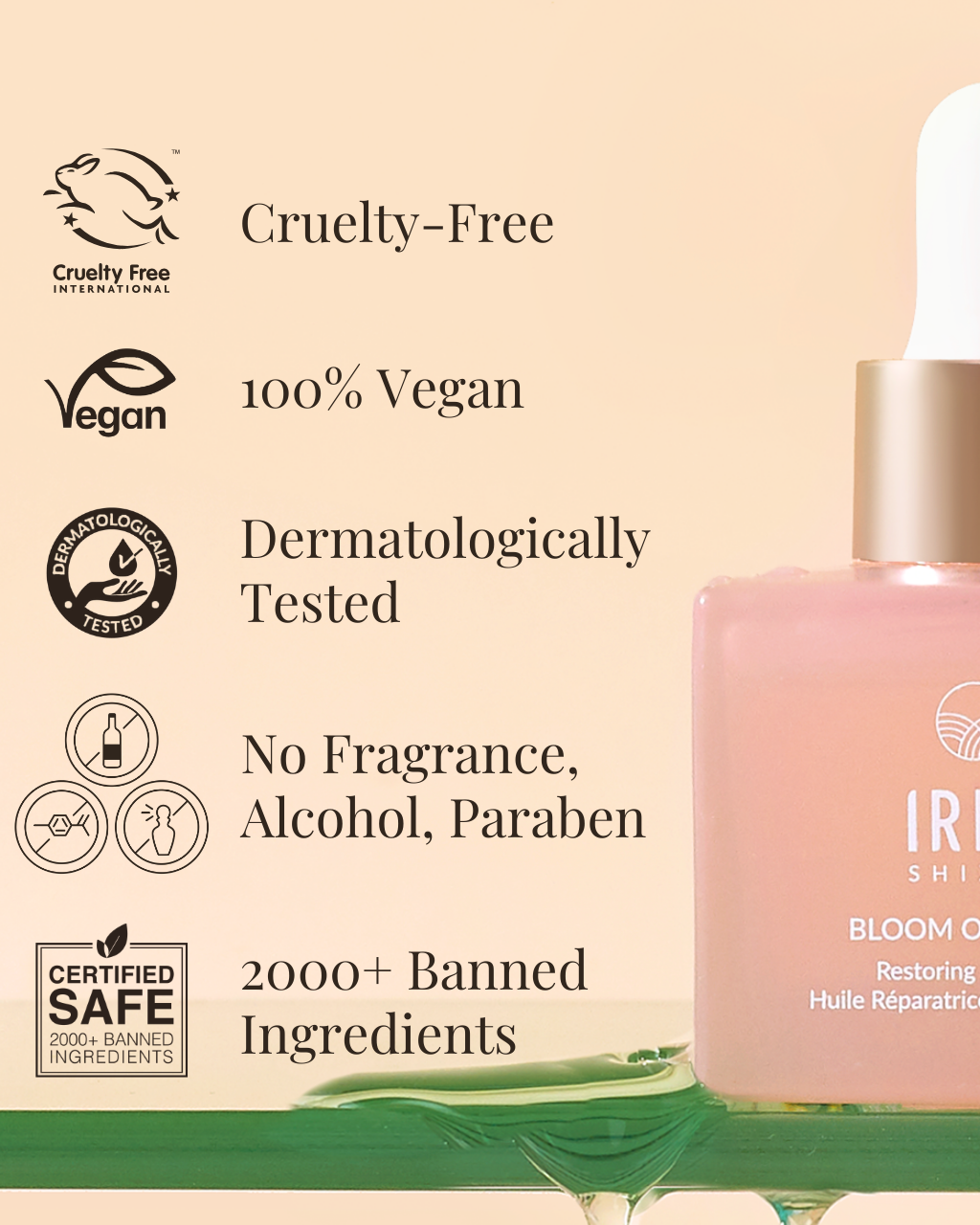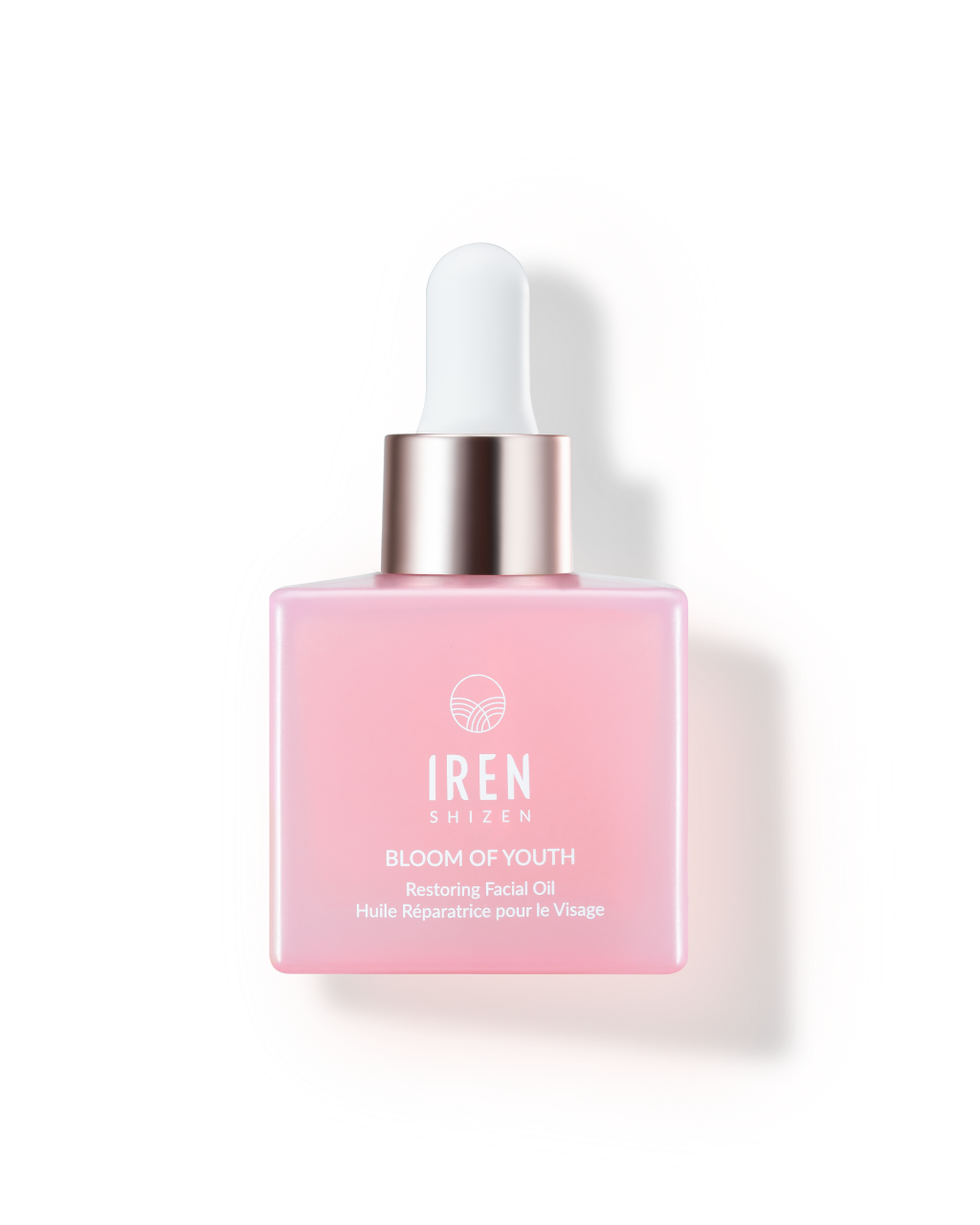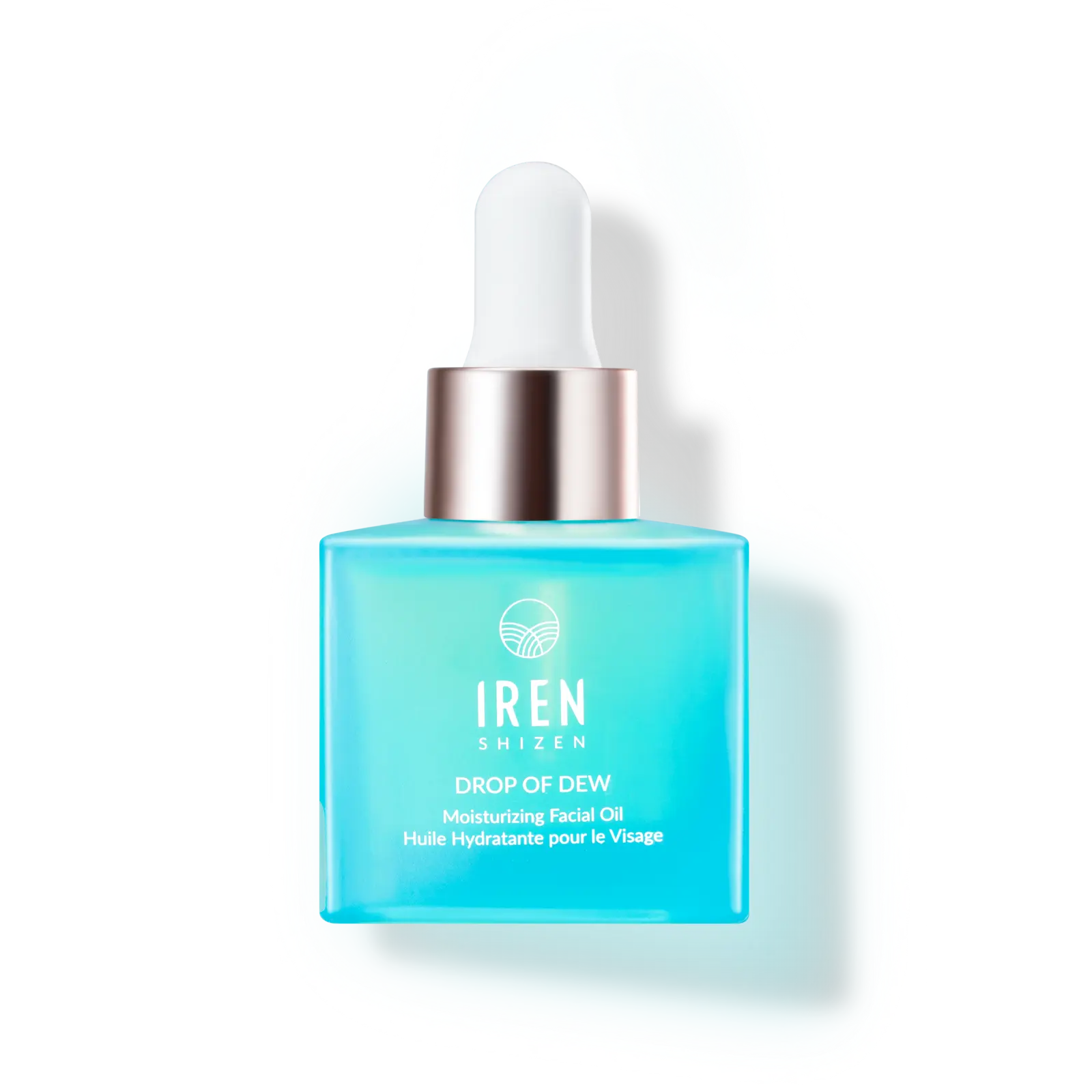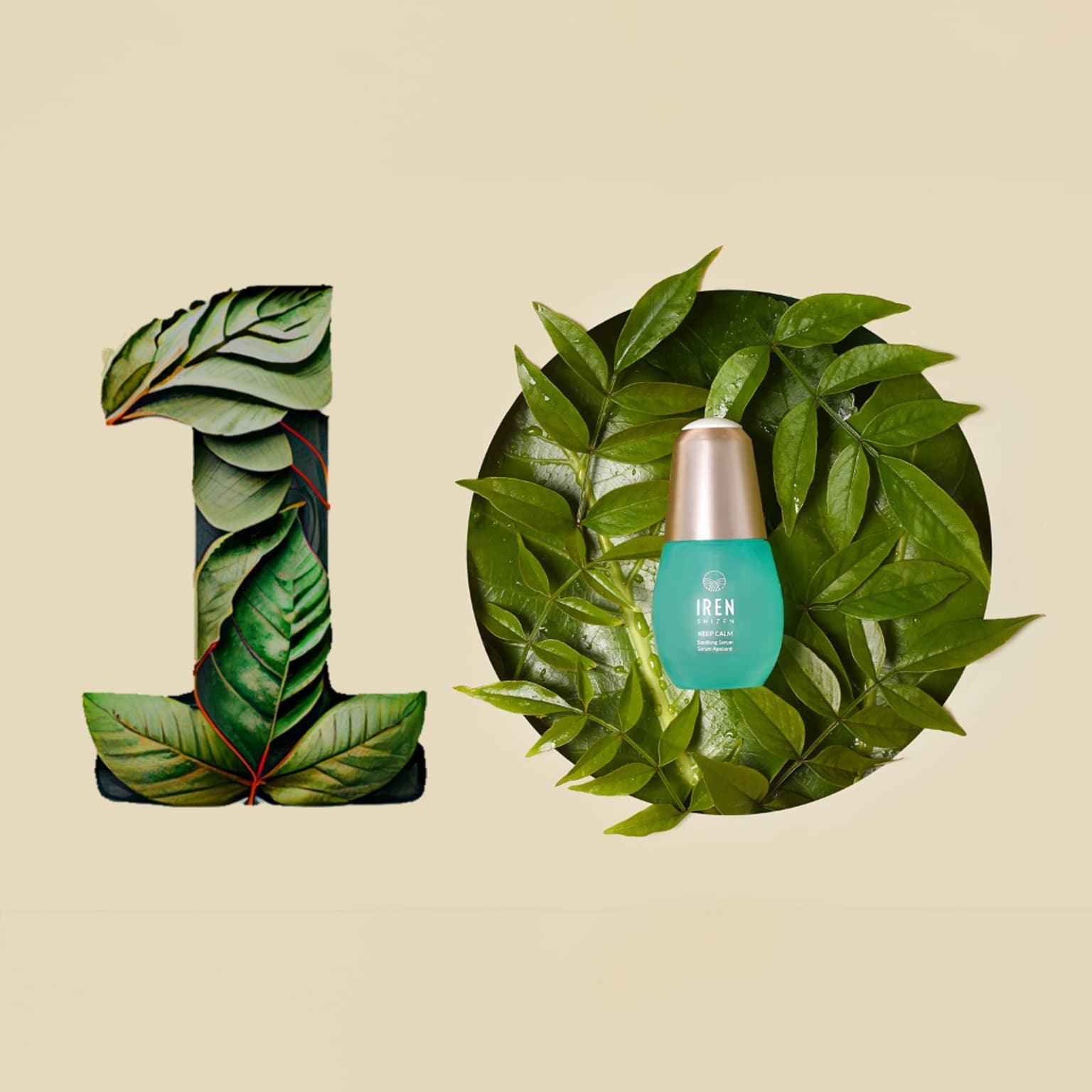You probably know a whole lot more about sulfates than you think. Do terms like sodium lauryl sulfate (SLS) or sodium laureth sulfate (SLES) ring a bell? Well, they should—considering they’re in most of your shampoos and skincare products!
But even though they give off the fun, foamy texture we’ve grown to love in them, we’re afraid it comes at a cost. Read on to find out why you should avoid incorporating these ingredients into your skincare regime.
What are SLS and SLES?

The most notable of sulfates include SLS and SLES, produced from petroleum and plant sources like coconut, palm kernel, petroleum, and palm oil; most commonly found in your typical cleaning and personal care products for foaming purposes.
What’s the difference between the two, you ask? Well, SLS binds to the proteins on your skin’s surface, proving to be more of an irritant and allergen to your skin than SLES. Essentially, it acts as an anionic surfactant that emulsifies and removes dirt in your hygiene and cosmetic products.
On the other hand, SLES is derived from SLS through ethoxylation and is used as a cleaning agent, emulsifier, stabilizer, and solubilizer. It is also often used as an alternative to SLS due to its additional properties and cheap production cost, which is always favored by corporations.
What cosmetics contain SLS and SLES?

Cosmetic products that contain sulfates include (and prepare yourself because this list is endless):
- Shampoos and conditioners
- Hair dyes
- Styling gels
- Bath bombs
- Bath oils or salts
- Body wash
- Face wash
- Exfoliants
- Shaving creams
- Lip balms
- Toothpaste
- Teeth whitening products
- Mouthwash
- Hand sanitizers
- Nail treatments
- Foundation
- Makeup removers
- Creams and lotions
The amount of sulfates in skincare products can range from 0.01% to 50%, depending on the manufacturer. With their effective cleaning and emulsifying properties, it is little wonder beauty brands opt to use it for their products.
What are the harmful effects of SLS and SLES?

The main thing you need to know about these ingredients is that they can cause irritation and allergic reactions when in contact with skin. Suppose you have sensitive skin to begin with or have long-term exposure to them—you may experience irritation to your eyes, skin, mouth, and lungs and get clogged pores. That, in turn, causes acne, even with the lowest concentration of sulfates in your skincare products.
If you’re using cleaning products with SLS and SLES in it, the concentration of the sulfates may be higher to tackle tough stains—which means you’ll have a higher risk of skin irritation through skin contact or inhalation. But we digress.
SLS
Besides being a skin irritant, SLS also dries out your skin. Scientifically speaking, this compound makes your epidermis thinner, increases its turnover rate and water loss, decreases corneocyte (an essential part of your skin barrier!) maturity and size, and speeds up the inflammatory protease activity in your skin.
In layman’s terms, SLS tightens and strips your skin of its natural oils and causes it to flake, sparking itchy skin and scalp, eczema, and dermatitis. As for some, continuous exposure to this ingredient can cause more significant reactions like oilier skin to overcompensate for the loss of natural oils and trigger acne flare-ups from excess oil production.
Furthermore, if you’re someone who suffers from whiteheads and blackheads on the regular, it could have been caused by prolonged exposure to SLS. Shampoos containing this compound also contribute to weakening hair follicles and hair loss. Unfortunately, SLS lingers on your hair long after it’s been washed off, decreasing the strength of your follicles over time.
SLES
Albeit milder, SLES can be perceived as a worse ingredient than SLS. Studies show that SLES increases skin irritation, redness, and damage to the skin barrier. Because of its foaming nature, it can create micro-tears in your skin barrier and allow dirt and bacteria to get trapped underneath it, causing acne (just like SLS).
Not only does it cause skin irritation and dryness, but also acts as a potential carcinogen. The main issue with SLES is ethoxylation. During this manufacturing process, SLES may be contaminated with 1,4-dioxane, which has the possibility of promoting the formation of cancer.
The fact is—SLES has to be vacuum stripped to avoid contamination, but there is no way of knowing whether corporations do this in their manufacturing process. And we’ve got the receipts! A study showed that 1,4-dioxane was found in 82% of the 76 skincare products tested. Talk about risky behavior.
Even though this is not a proven, direct link to cancer, it’s still best to go SLS and SLES-free. You know what they say—it’s better to be safe than sorry!
How are SLS and SLES regulated?

While there aren’t many regulations in place for SLES, some (and by some, we mean a tiny handful) have been unofficially implemented for SLS. But not by governing authorities.
As assessments have come back calling SLS safe (if used briefly and rinsed from the skin right after), most companies have stuck to limiting SLS concentration to a maximum of 1% in their skincare products.
What are the alternatives to SLS and SLES?

Some notable alternatives to these sulfates include natural remedies. Try to buy soap and shampoo bars over liquid, or opt for oil-based ones. African black soap and body cleansing oils are also suitable substitutes for the sulfates and produce the same efficacy in ridding your skin and scalp of dirt.
Of course, if you can, try to go sulfate-free when buying future skincare products. Sulfates do not play a big part in cleaning, so it’s totally fine if you eliminate them from your routine.
Our advice?

Ultimately, the best advice we could give you is to support brands that are sulfate-free (like us). Especially so if you suffer from skin concerns like sensitive skin, dermatitis, rosacea, and psoriasis as sulfates will only make them worse.
As we’ve said before, sulfates are not vital to your cleansing routine. Seriously, all they really do is make your products foam up. If it’s convenient for you, try eliminating products containing sulfates from your skincare stash one by one and see if there’s a notable difference in the way your skin feels. We assure you you’ll experience less irritation on your skin!
|
Want to find out more about IREN Shizen's 6 other no-no ingredients? You can read all about them here: |
